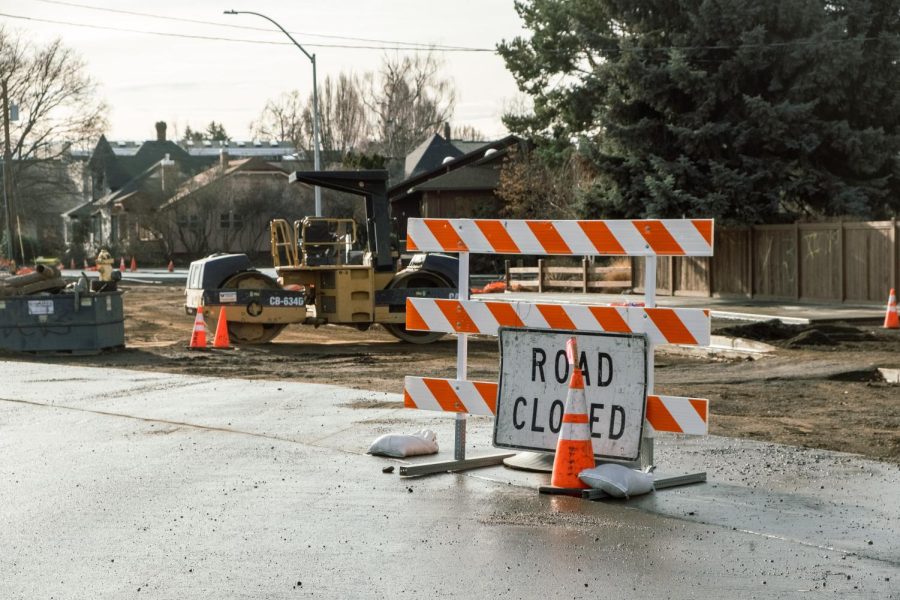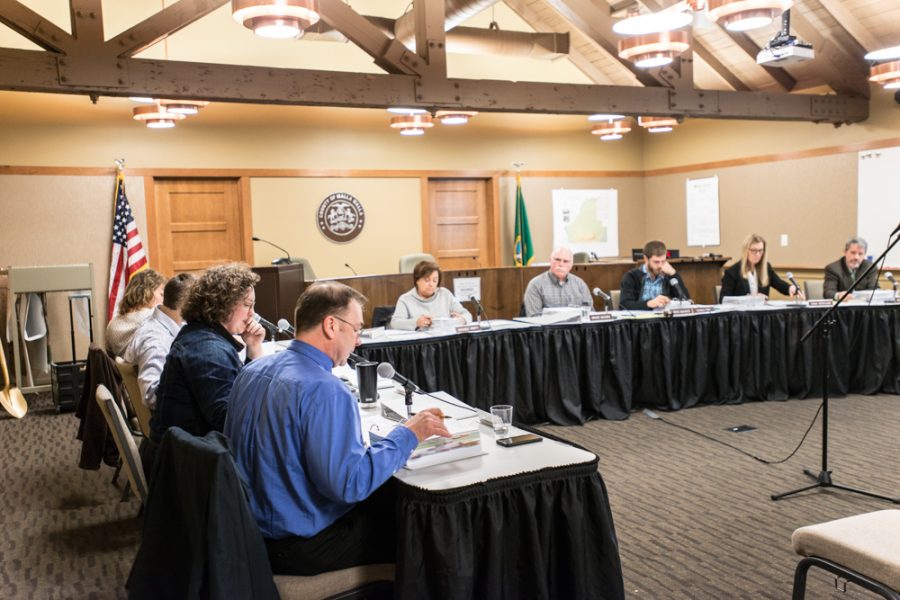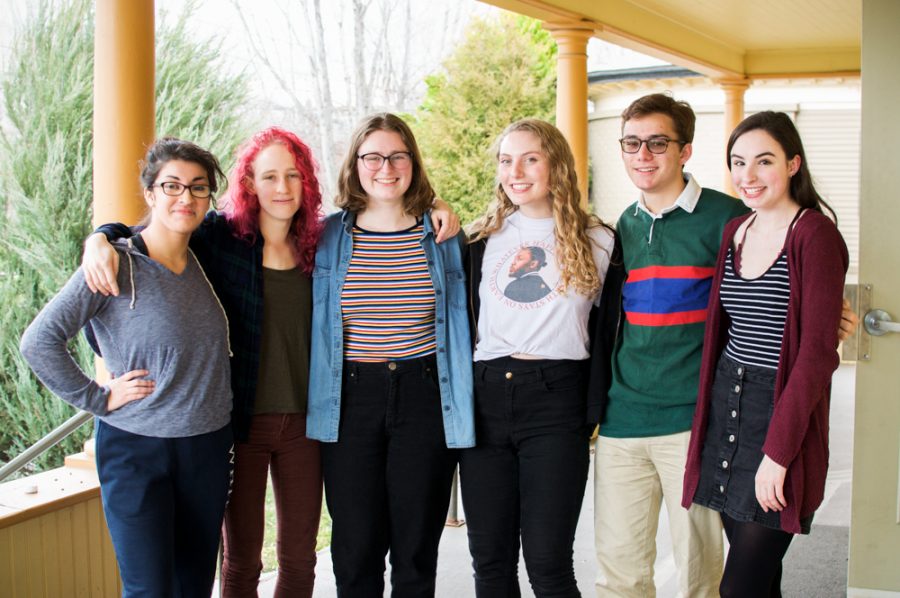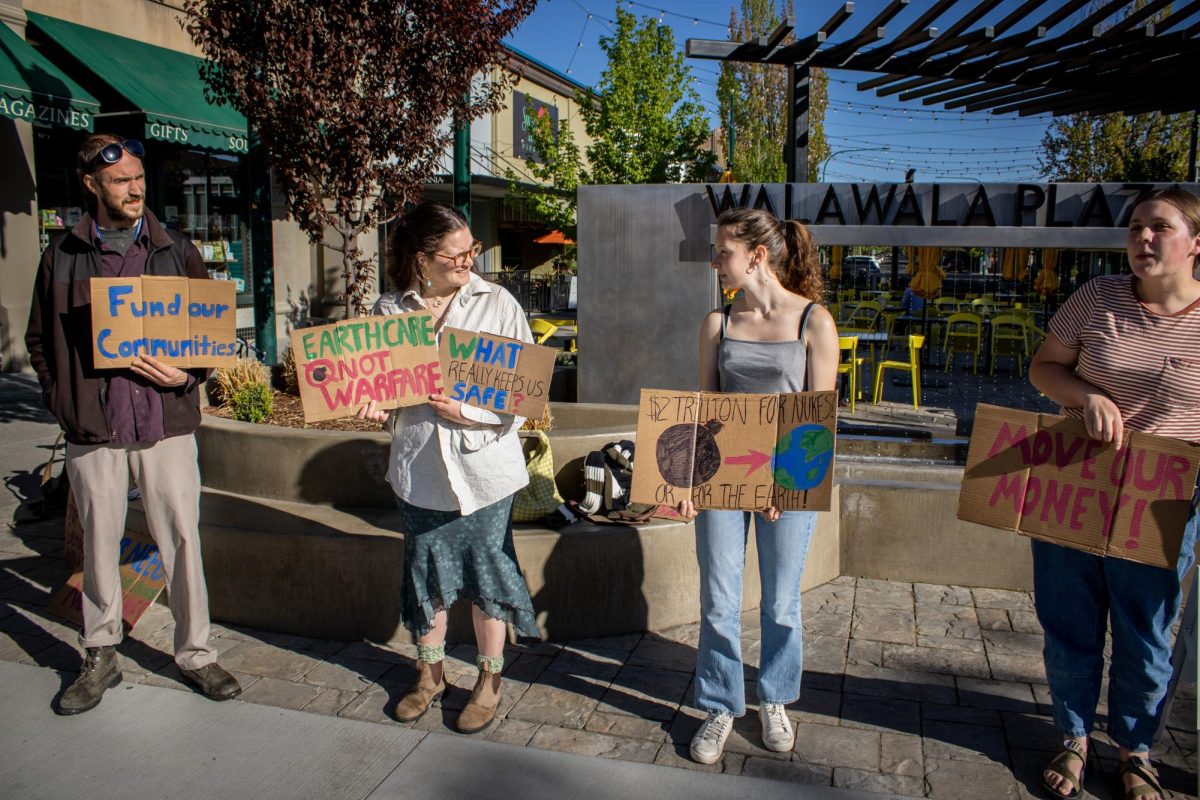A bond measure to delegate $69.6 million to renovate an aging Walla Walla High School has community members and school officials both advocating for the measure and debating its consequences. The bond, set for a special Feb. 12 vote, would designate funds to update and restore Wa-Hi, a community institution built in 1963, to fit technological and classroom needs.

“We want to fully modernize the school,” said Mick Miller, the current superintendent of the Walla Walla public schools. “We currently do not have the necessary technology for our students.”
Most buildings on the sprawling campus, located a little over two miles south from Whitman, have not been renovated since their creation in 1963, and many of the classrooms show signs of serious wear. On walking into the rooms, paint is peeling, desks are broken and ceiling and floor tiles are chipped and cracked. Blackened gum covers hallways and students often run to get to class because the campus is so large.

“Most rooms have only two electrical outlets, making it difficult for teachers to effectively use technology in class,” said Pete Peterson, the principal of Wa-Hi. “The classroom size needs to increase. The rooms have the original floors and in some cases the original 1963 desks.” The desks, Peterson later added, are often insufficient for the number of current students. “We had a 6’10” transfer student and it took me a long time to find a suitable place for him to sit,” he added.
The school’s lack of adequate heating and cooling systems provide another significant motivation for renovating.
“Only four classrooms have air conditioning,” Peterson said.

“It was very hot in most of my classrooms,” said Marcos Medina, a current first-year who graduated from Wa-Hi last year.

Additionally, the current heating system leaves many students wearing coats throughout the day. On a recent tour of the school, Peterson pointed out a technique used to decrease the room temperate in efforts to make the system pump in more warm air––soaking towels in cold water and placing them over the monitors. A 1986 Wa-Hi graduate who took the tour remarked that she had done the same during her four years. All windows are single-pane, resulting in another source of cold temperatures in classrooms. The heating system, another original facet of the school, isn’t efficient.
“It costs a fortune to heat the school,” Miller said. In December alone, Peterson said, the electric bill was $25,000. “We’re anticipating a 30-40 percent decrease in energy costs with a new system,” Peterson said. “Imagine the things we could do with that money––more teachers, more programs and [more] resources for students.”
Security concerns are another principal motivator for a renovation. Wa-Hi has no indoor hallways, and each classroom has doors leading to outside. This poses a significant security concern because of possible outside entry and is now looked upon as a significant risk following new standards and codes post-Columbine, according to Peterson.
“There are 120 doors in this building,” he said, speaking of one of the larger classroom facilities. “We would drop that down to 17, which would enhance security and be more efficient for heating and cooling.”

A renovation would create indoor hallways, making these changes possible. Many rooms would expand and new desks and classroom technology would be added. A new music building would be added to fit the school’s thriving fine arts program, and current music rooms would be converted to a black box theater and an acting classroom, two things the school currently lacks.
Current science classrooms would also experience a full renovation, something that is seriously needed. Current lab facilities are not up to code, as standards for safety have undergone extreme changes since 1963. The current AP Chemistry room has an adjoining lab that only fits half the students, making the teacher split her class in half. The countertops and gas burners are chipped and look somewhat rusty, and there are no spaces for depositing hazardous materials that meet current standards. An eyewash and shower, two necessary items in every science lab according to codes, are not present. A temporary eyewash station was added recently, but other features of the room appear extremely dilapidated and unsuitable for projects.

“The AP Biology course can’t perform the necessary labs,” said Kurt Hoffman, a professor of physics and a parent of a recent Wa-Hi graduate. “Other sciences have the same problem. Students can pass the exam but lack essential lab skills that are necessary in a college science course.”
Though the school administration is convinced that the bond is necessary, Walla Wallans are split about the decision. Many community members have expressed concerns about the tax raises the bond would implement. It would increase property taxes by a projected 68 cents for every $1,000. After four years, these rates for the public schools will be 12 cents less than they currently stand. The Walla Walla Union-Bulletin has published a number of recent opinion pieces written by community members both supporting and questioning the bond.

In one of these editorials, Walla Wallan Jeffrey Bickle expressed concern that measures included unnecessary additions.
“How does building interior hallways, instead of using existing breezeways, improve learning? Is there something wrong with fresh air?” he wrote.
Others in town question the timeliness of the measure.
“I think it’s a terrible time to run it, but I hope it passes,” said Norm Osterman, a politically active community member whose grandchildren could be part of the first generation of students to attend a new Wa-Hi. “A lot of people here are very anti-tax. But it is a great time to borrow money because of interest rates.”

Whitman faculty members are on the side of the Wa-Hi administration. The Union-Bulletin recently published an editorial by President George Bridges, “Support Our Schools to Meet a Standard of Excellence,” in which he strongly advocated for its passing. Professor Hoffman wrote an article in a recent U-B edition, in which he acknowledged the public’s concerns but also expressed his support.
“Fundamentally, people in Walla Walla support the schools, but they are confronted with the dilemma of the continued erosion of their financial security,” said Hoffman.
The measure is extremely significant to the Whitman community. Many Whitman students volunteer at Wa-Hi through programs like College Coaches, and dozens of professors have children that will attend Wa-Hi. Whitman cannot endorse the bond because of its nonprofit status, but many members of the campus community have been active in campaigning efforts. A table in Reid has been staffed at lunch this past week with a large easel featuring statistics and images of what a new Wa-Hi will look like. Advocates of the bond hope to make Whitman students aware of its community importance and encourage those registered in Walla Walla to vote.

“Every registered voter who cares needs to vote,” said Susan Prudente, the Whitman outreach coordinator and parent of children who could also be part of the first generation of students to attend a modernized Wa-Hi.
Ballots will be mailed in the upcoming week and the official election date is Feb. 12.
Though it seems like a significant chunk of money, administrators stress that they’re not trying to do anything extravagant. Newer buildings, including a vocational center and gym, won’t be part of the renovation.
“We’re not making it especially glamorous,” Peterson said. “We want it to be a functioning educational institution, and that requires updates.”












